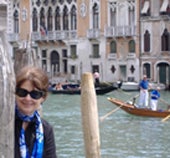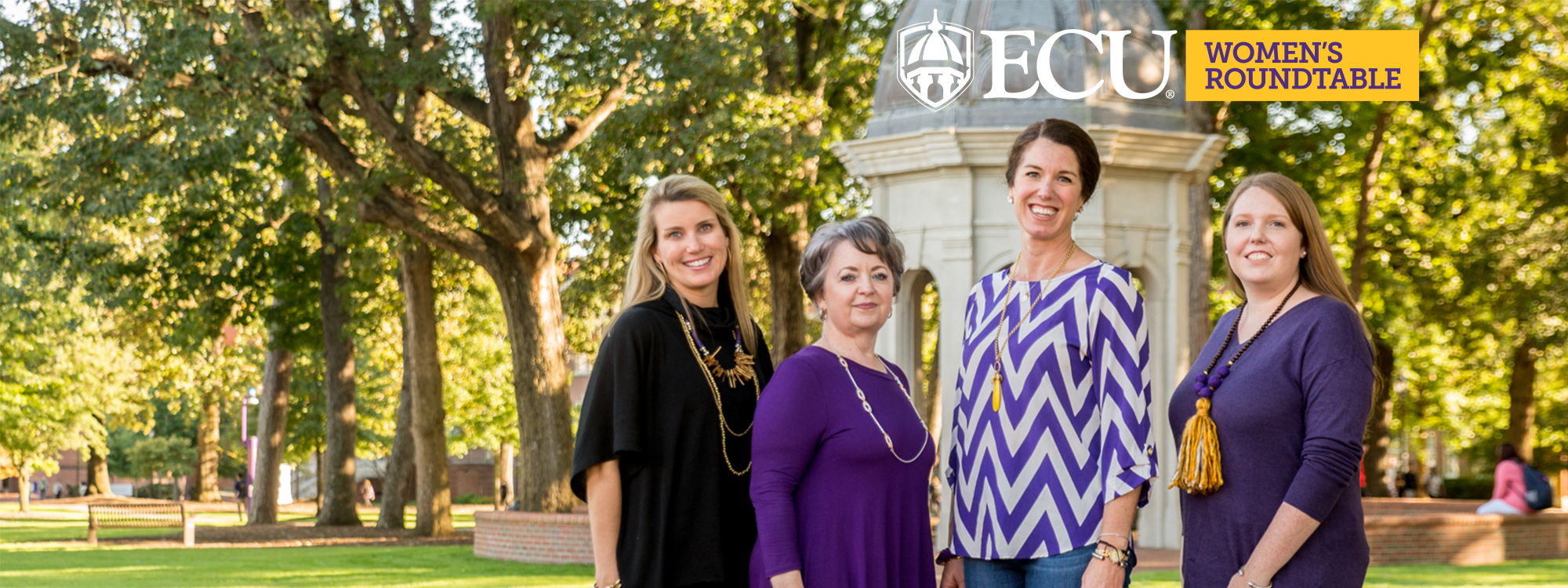Willie Marlowe
For Willie Marlowe, 2011 was a banner year. With five solo shows and participation in an invitational international show that traveled to four cities in Europe, one in Canada and Boston, Massachusetts, it was a year to remember.
She is marking it as a stepping stone in her already storied career and looking toward the future.
Marlowe graduated from East Carolina University in 1965 with a bachelor’s degree in art. Since then, she has been an art teacher, a professor, and above all an artist, traveling the world and gaining renown as a painter who says she is still learning her craft.
“It really is a long process of discovery,” Marlowe said. “I am still on the path of learning about painting and seeing what can be done. Every time you make a brush stroke, there are just so many possibilities. That is what so exciting about painting. You can never totally predict what’s going to happen. It has that element of surprise.”
Born in Whiteville, North Carolina, Marlowe grew up drawing and soaking any information about art that she could. There were no art programs in the schools in Whiteville at the time, so when she came to East Carolina, doors opened for her.
“When I arrived [at ECU’s] art department, I was a blank slate, open to learning. The art department trips to Washington, D.C., and New York City to museums were my first experiences with seeing major museums and important works of art. I liked being a part of the art department, working late in the painting and the printmaking studios with other students with shared interests. By being there, dedicated to learning about art, I found my path.”
And that path led her to work as an elementary art teacher in Charlotte, North Carolina, through earning her master’s in fine arts at the University of Idaho, and to teaching in the Department of Art and Design at Sage College of Albany for more than 30 years. In addition, she has shown paintings in more than 300 solo, invitational, juried and groups shows in the U.S. and abroad.
In 2011, she participated in one of the most important shows in her career at the Opalka Gallery at Sage College at Albany, New York. Now a professor emerita at Sage College, she had the rare privilege of showing her works in a gallery that typically focuses on artists outside of the area.
“I was invited to have a comprehensive solo show, 1977-2010, at Opalka Gallery with a 32-page color catalogue,” she said. Opalka Gallery Director and Curator Jim Richard Wilson wrote an introduction, an art historian wrote a scholarly essay, and an art critic wrote a shorter essay for the catalogue.
“That show was important to me because it was a selection of paintings from the years I taught at Sage, and because three smaller solo shows were curated from it and traveled to The Arkell Museum, Canajoharie, New York; the Carrie Haddad Gallery in Hudson, New York; and Gallery C, in Raleigh, North Carolina. A fifth solo show curated by E. Tornai Thyssen was held at Hallspace Gallery in Boston.”
Next spring, Marlowe will collaborate with the Ellen Sinopoli Dance Company to use her paintings as backgrounds for the dancers as they perform at the Troy Music Hall in Troy, New York. But she hasn’t forgotten her roots at ECU.
Her father-in-law, the late Francis Speight, was artist in residence in ECU’s art department while she was a student, and she considers herself lucky to have worked with him.
“I had admired Francis Speight’s paintings, and there was quite a buzz of excitement that he was at East Carolina as the artist in residence,” she said. “It was a real privilege to be in a critique group with him. He always complimented my strong compositions. That always made me feel really good.”
Her strong connection to ECU also shows through her mother’s family.
“Brantley Speight, my mother’s cousin, and his wife Carrie (no relation to Francis Speight) were very encouraging to me as an art student,” Marlowe said. “They often invited me out for dinner and came to my senior show in the Gray Gallery in the Rawl Building at ECU. Later, they gave the education building to ECU.”
Her husband, Tom Speight, earned his B.A. in mathematics and a Master of Science degree in physics at East Carolina. In addition, her sister, Judy Stead, was an English major at ECU who minored in art. She is an artist, illustrator and graphic designer who has illustrated many books for children and wrote and illustrated The Twelve Days of Christmas in North Carolina, now in its second printing.
Now, Marlowe is extending that connection through her membership in the Women’s Roundtable at ECU.
“What a great idea to bring the women of the university together to do things that are really interesting and good and would support the programs at East Carolina,” she said. “I joined [the Women’s Roundtable] because I am interested in supporting women’s issues and this is a well organized and exciting program.”
Her vision for the Women’s Roundtable is one that encourages women to support ECU and the arts in their own communities.
“The [members of the Women’s Roundtable] could, in their own communities, do something to enliven the culture right where they are. It has the potential to enlighten women to take part in the whole cultural environment in their area.”
Marlowe is quick to admit that she found her way because of ECU.
“It was a turning point in my life. I really got the absolute most out of the transition from being a kid growing up in a very nice small-town environment, but longing to be in an atmosphere where the arts were valued. Then coming to East Carolina, I was introduced to new possibilities and started to see broader horizons opening up for me. Seeing more of the wide world became a reality, starting with art department trips to DC and New York City.
And through her membership in and support of the Women’s Roundtable at ECU, she is helping others do the same. For more information about Willie Marlowe and her work, visit www.williemarlowe.com.
